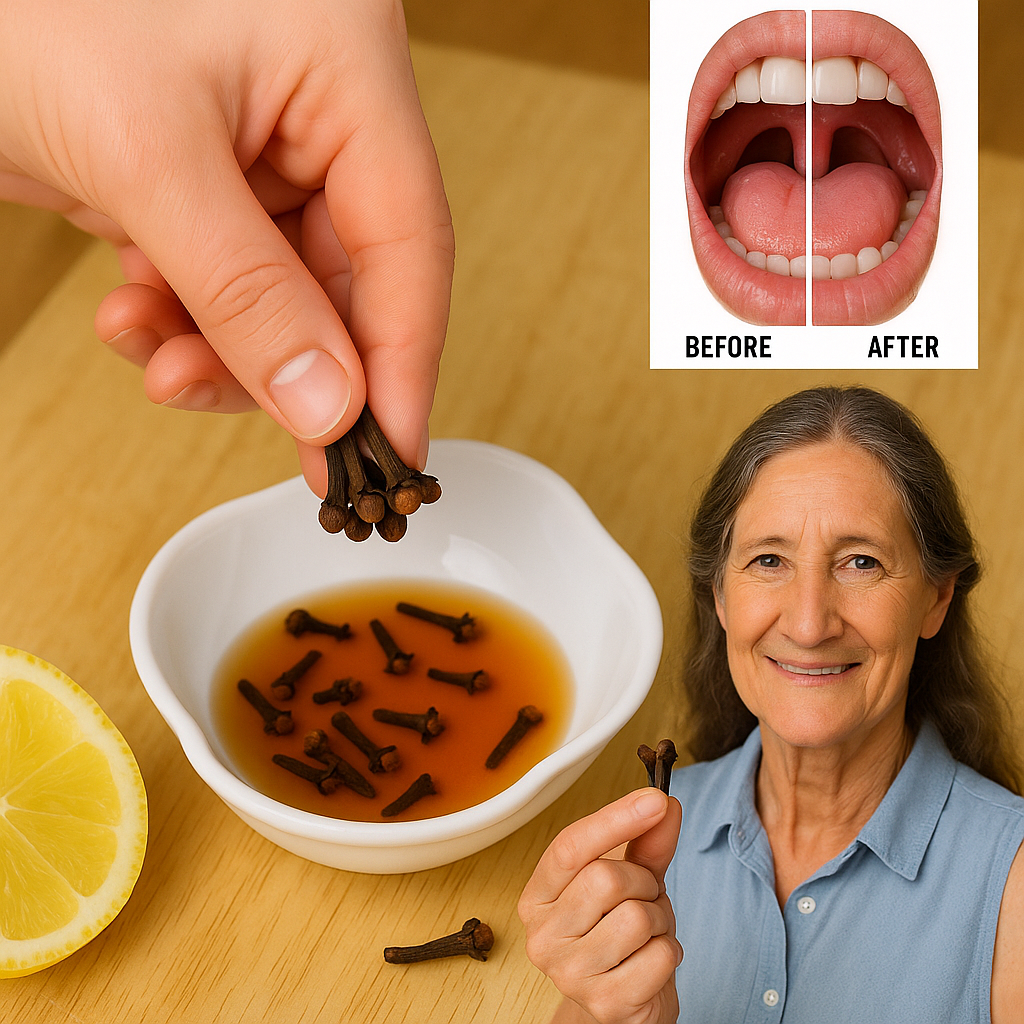🥒 Cucumbers are one of the most popular and versatile vegetables to grow, known for their refreshing taste and ease of cultivation. However, to truly make the most of your garden space and promote healthier plants, you can try growing cucumbers in a herringbone pattern. This method not only optimizes space but also promotes better airflow, sunlight exposure, and easier harvesting. Let’s dive into how and why this unique pattern can transform your cucumber-growing experience.

The Benefits of Growing Cucumbers in a Herringbone Pattern
🌱 Maximizes Space
The herringbone layout allows for a more compact arrangement of cucumber plants, giving you the ability to grow more in a smaller area. This is especially useful for gardeners with limited space or raised beds.
💨 Improves Air Circulation
The angled arrangement of the herringbone pattern helps increase airflow between plants, which can reduce the risk of diseases like powdery mildew, commonly seen in cucumbers. Good airflow keeps the leaves dry, promoting a healthier plant environment.
☀️ Enhances Sunlight Exposure
With the plants arranged in a way that angles them toward the sun, each cucumber receives optimal sunlight, which is crucial for strong growth and bountiful fruit production.
👩🌾 Facilitates Harvesting
The clear, organized structure of the herringbone pattern makes it easier to spot, reach, and pick cucumbers. No more hunting through dense vines for your veggies—harvesting becomes much more efficient.
🌻 Adds Aesthetic Appeal
Besides being functional, the herringbone pattern adds a visually pleasing element to your garden. The distinctive ‘V’ shapes of the rows make your cucumber plants stand out and give your garden a unique look.
Step-by-Step Guide to Growing Cucumbers in a Herringbone Pattern
Step 1: Planning Your Space
Location: Choose a sunny spot in your garden, as cucumbers need full sunlight to thrive.
Soil Preparation: Ensure the soil is well-draining, rich in organic matter, and slightly acidic to neutral (pH 6.0-7.0). You can enrich the soil with compost or well-rotted manure before planting to improve soil fertility.
Spacing: Plan for at least 18 inches of space around each cucumber plant to allow them to spread properly within the herringbone pattern.
Step 2: Creating the Herringbone Structure
Materials Needed:
- Sturdy stakes (bamboo works well)
- Garden twine or netting
Installation:
- Place two rows of parallel stakes about 18 inches apart.
- Angle each stake so that they intersect at the top, forming a series of ‘X’ shapes when viewed from the end.
- Secure the stakes where they intersect at the top.
- Repeat this process, leaving about 18 inches between each ‘X’.
- Connect the stakes with twine or netting to form a supportive framework for the growing plants.
Step 3: Planting and Training the Cucumbers
Sowing Seeds:
- Plant cucumber seeds directly into the prepared soil, positioning them at the base of each stake.
- Water the seeds well and keep the soil consistently moist until they germinate.
Training the Vines:
- As the cucumber plants grow, gently guide the vines upward along the stakes.
- Use soft plant ties or clips to attach the vines to the twine or netting.
- Regularly prune any lateral branches to encourage vertical growth and improve airflow.
Step 4: Ongoing Care
Watering: Cucumbers need consistent moisture. Ensure the soil is moist but not waterlogged.
Fertilizing: Feed the plants with a balanced fertilizer every 4-6 weeks during the growing season to encourage robust growth.
Pest and Disease Management: Keep an eye on your plants for any signs of pests or diseases. Use organic methods like neem oil or insecticidal soap to manage infestations without harming the plants.
Step 5: Harvesting
Timing: Harvest cucumbers when they are firm, medium-sized, and their skin is bright green.
Method: Use a sharp knife or scissors to cut the cucumbers from the vine, being careful not to damage the plant.

Why Choose the Herringbone Pattern?
Growing cucumbers in a herringbone pattern isn’t just about maximizing space—it’s about creating an efficient, organized, and healthy environment for your plants. The benefits of this method are clear: better airflow, more sunlight, easier harvesting, and a visually appealing garden layout.
With a little planning and care, your herringbone cucumber garden will flourish, providing you with fresh, crisp cucumbers all season long.
Happy gardening! 🌿🌱
Inspired by this? Share the article with your friends and help them grow their own herringbone cucumber garden!


